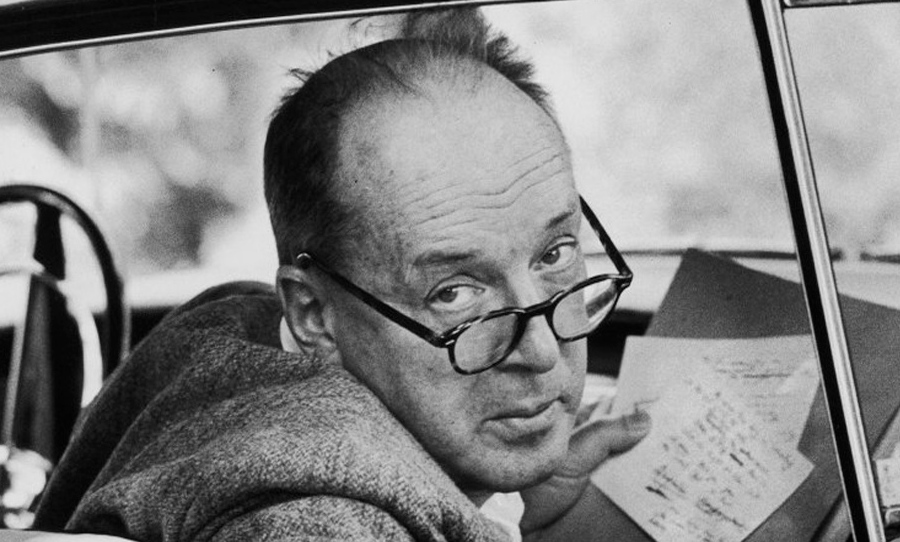Swinging our way back to the sixties, we’ve travelled back in time to collate 21 of the best fiction books of the decade.
Fiction book authors interpreted the post-war era of the ’60s in various ways, adapting to the evolving priorities of the era as it saw the birth of the women’s liberation movement, recreational drug use, and pursuits of spiritual questioning.
Novelists found an opportunity to tell stories entrenched in the shifting socio-political milieu, creating some of the most iconic and most-quoted books in the history of literature. Many of the stories written were philosophically diverse, covering topics from espionage to existentialism to equal rights.
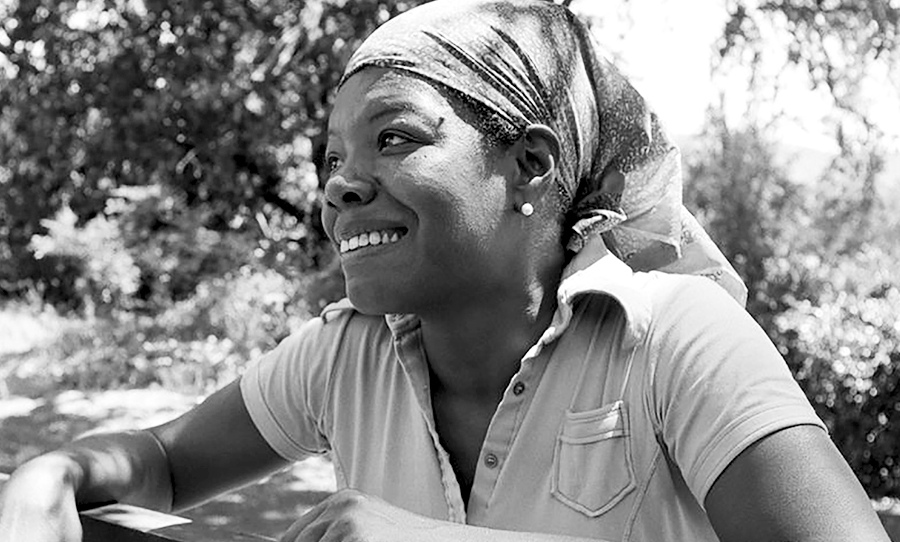
To Kill a Mockingbird – Harper Lee (1960)
To Kill A Mockingbird is the kind of classic that every single person has read or heard of at some point in their lives. Originally published in 1960, Harper Lee’s enduring coming-of-age book follows the story of Jean Louise “Scout” Finch, and her father, Atticus, a lawyer who is defending Tom Robinson, a black man who has been falsely accused of raping a white woman in the fictional Alabama town of Maycomb.
Lee’s Pulitzer Prize-winning novel examines the U.S. justice system, taking readers to the roots of human behaviour — to innocence and experience, kindness and cruelty, love and hatred, humour and pathos.

Lady Chatterley’s Lover – D.H. Lawrence (1960)
Lady Chatterley’s Lover follows Constance (Connie) Chatterley, and her dispassionate marriage to Sir Clifford, a wealthy landowner. After a disappointing affair with the playwright Michaelis, Connie turns to the estate’s gamekeeper, Oliver Mellors, who awakens her passions.
Interestingly enough, D.H. Lawrence’s book was originally published in 1928 and printed privately in Italy. It was immediately banned in both the author’s home of England and in the USA due to its explicit depiction of sex. In 1960, Penguin published it for an English-speaking audience, resulting in a sensational obscenity trial (Regina v Penguin Books, Ltd). The court ruled in favour of the book, paving the way for the liberalisation of the UK and American publishing industries.
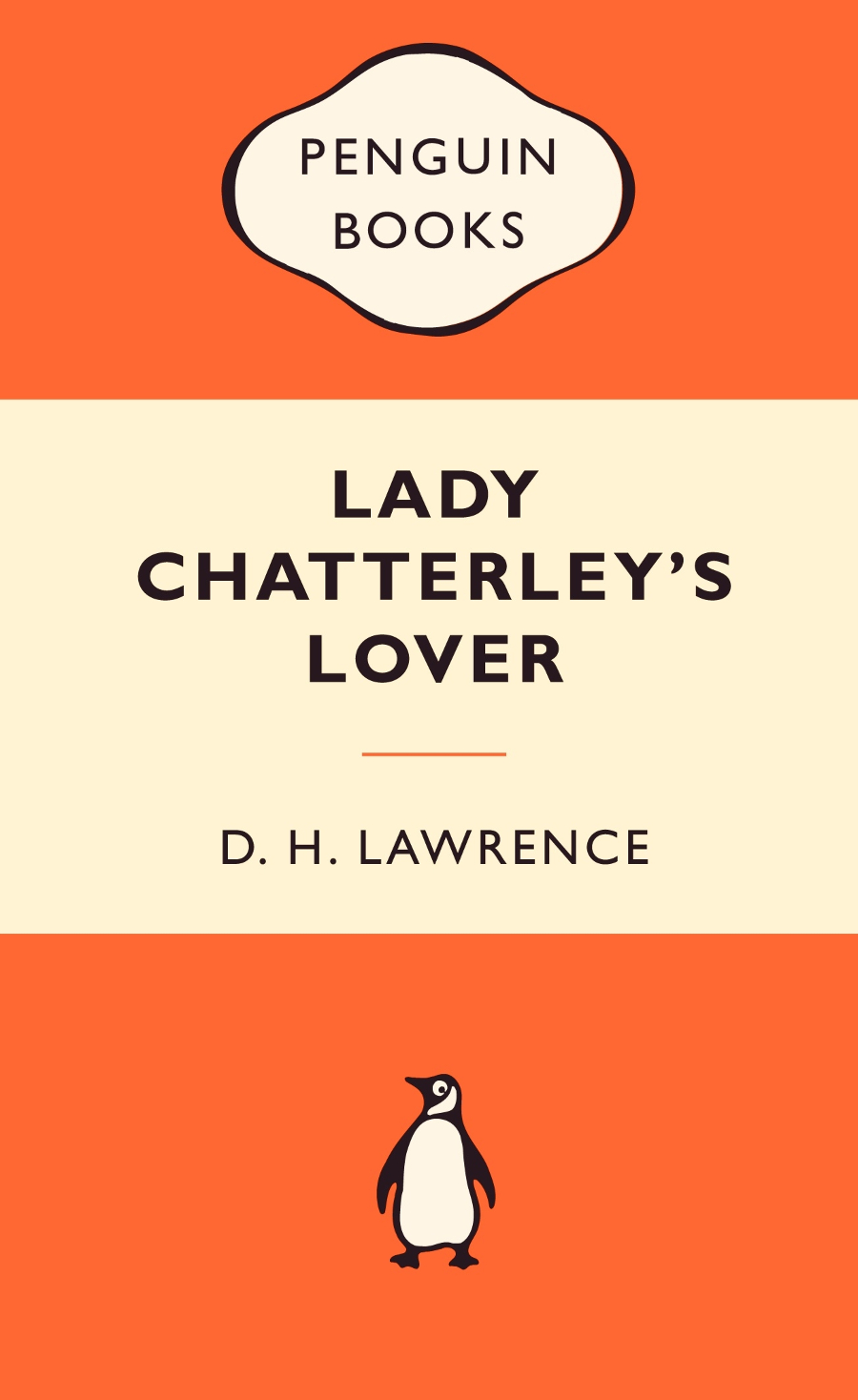
A House for Mr. Biswas – V.S. Naipaul (1961)
A House for Mr. Biswas is a novel of ambitious length. It follows the life of Mohan Biswas, a 46-year-old Indo-Trinidadian man who struggles to claw his way out of a life of poverty, find freedom, and a place to call home. After he marries into the Tulsi family, what ensues is a comedic, lively and profound reflection on self-determination, rootlessness, and identity.
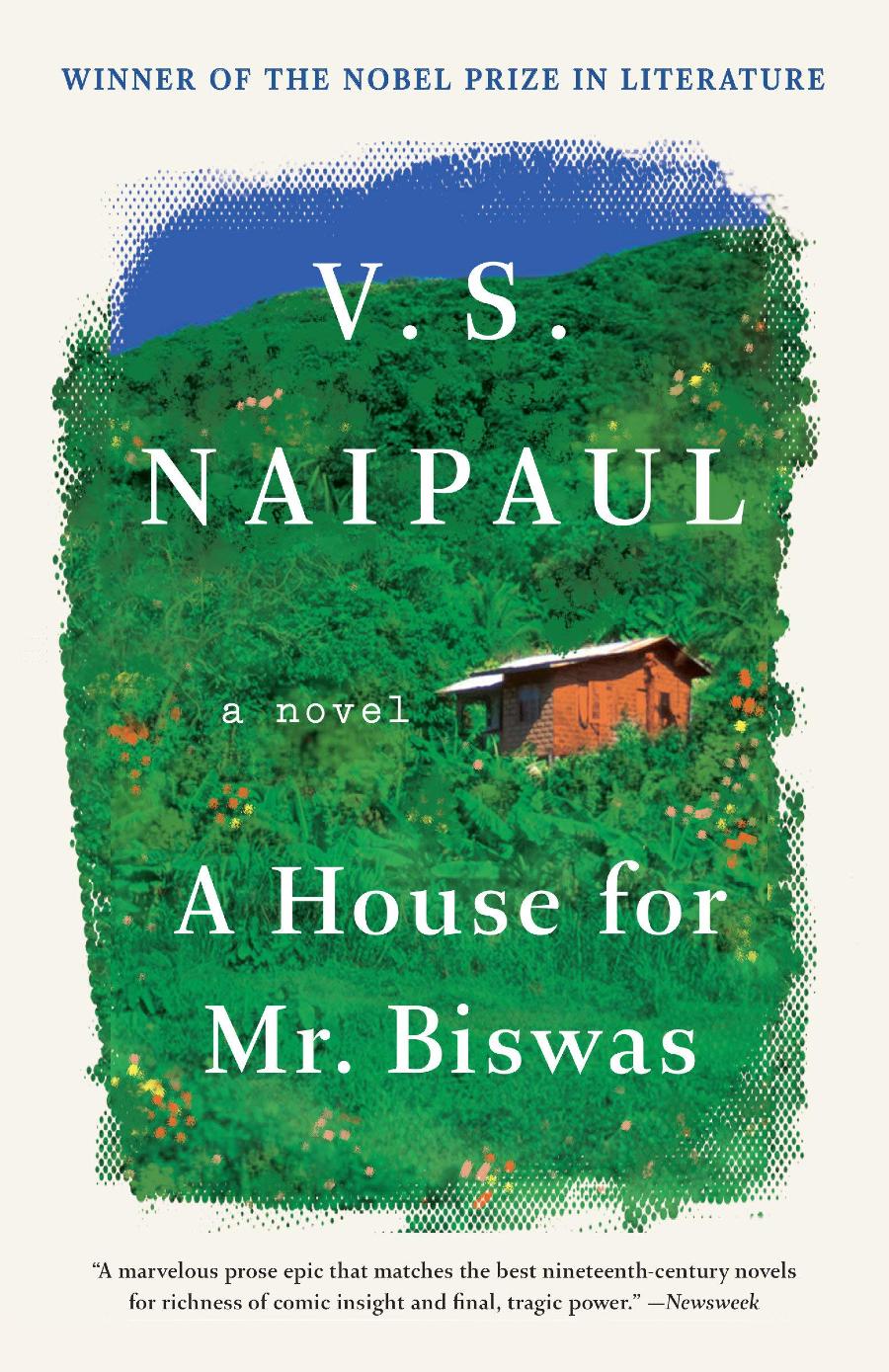
Tropic of Cancer – Henry Miller (1961)
In a review by The Guardian, Henry Miller’s life before he released Tropic of Cancer, his debut novel, was: “the quintessence of abject failure. All he had going for him was creative rage, mixed with the artistic vision of the truly avant-garde. “I start tomorrow on the Paris book,” wrote Henry Miller. “First-person, uncensored, formless – fuck everything!”
Following through on his promise, Tropic of Cancer is an unruly, infectiously written book, following Miller’s life as a struggling writer in Paris during the 1920s-30s. A work that slips between autobiography and fiction, the novel functions as a deeply mesmerizing mediation on the human condition: on sex, love, despair, loneliness, and art.
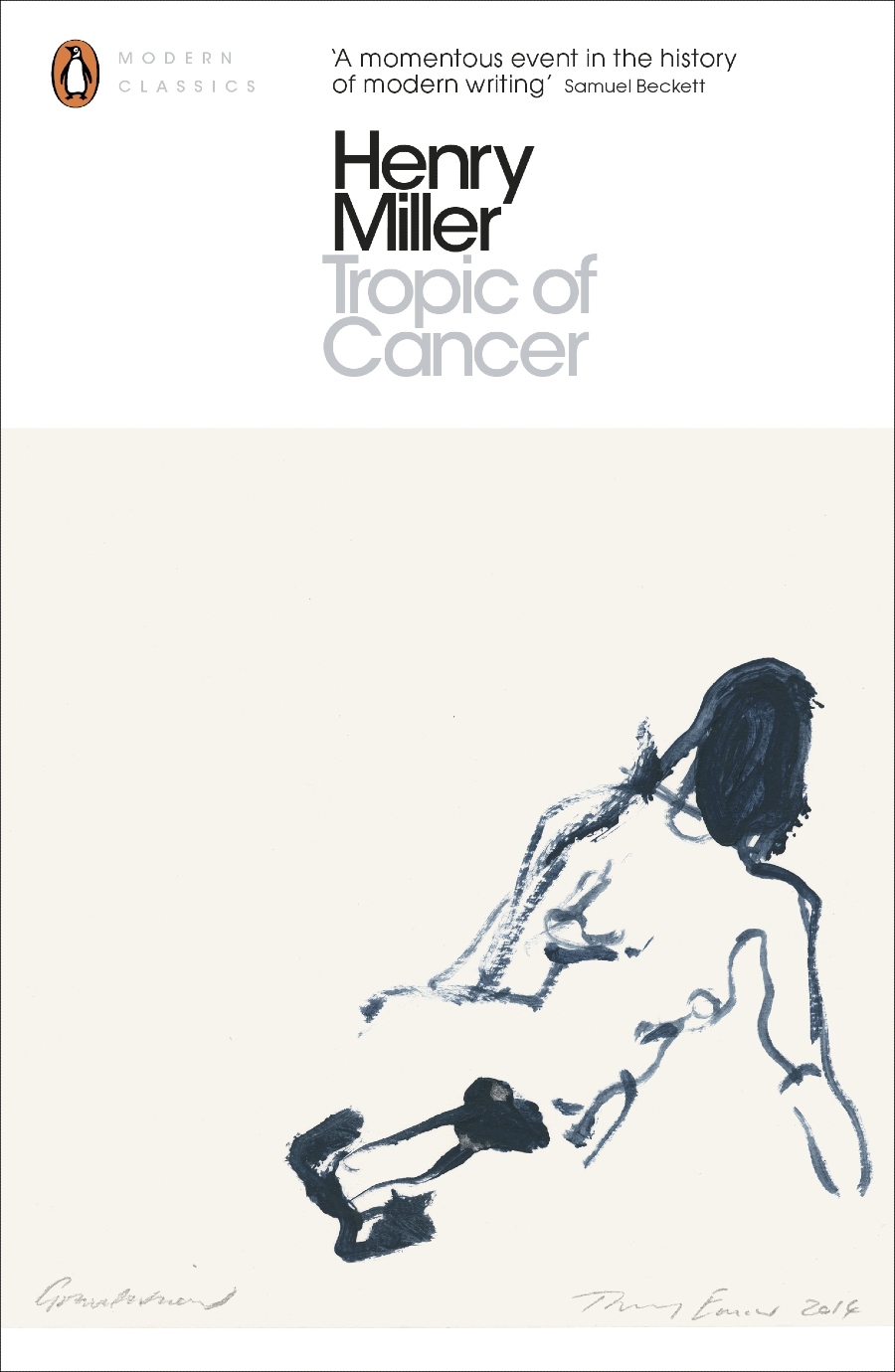
Catch-22 – Joseph Heller (1961)
One of the world’s most well-known phrases “Catch-22” originated from the namesake book written by Joseph Heller, which is set on a fictional island in Italy during the Second World War. It follows the life of Yossarian, a bombardier who struggles to navigate the bureaucratic, hilarious rule of his perilous service: “a man is considered insane if he willingly continues to fly dangerous combat missions, but if he makes a formal request to be removed from duty, he is proven sane and therefore ineligible to be relieved.” An absurdist satire of war, Heller’s reimagining of the post-war novel has become a cornerstone of American culture.

The Woman in the Dunes – Kōbō Abe (1962)
Winning the Yomiuri Prize for The Woman in the Dunes in 1962, Kōbō Abe is widely considered one of Japan’s finest novelists. The book follows an entomologist that, in his search for a specific beetle, ends up trapped by local villagers in a huge sand hole with a woman, where he is forced to work gathering sand. As time passes by, his emotions and sanity begin to get twisted, with Abe constructing a suspenseful, existential questioning that lingers with the reader long after the book is finished.
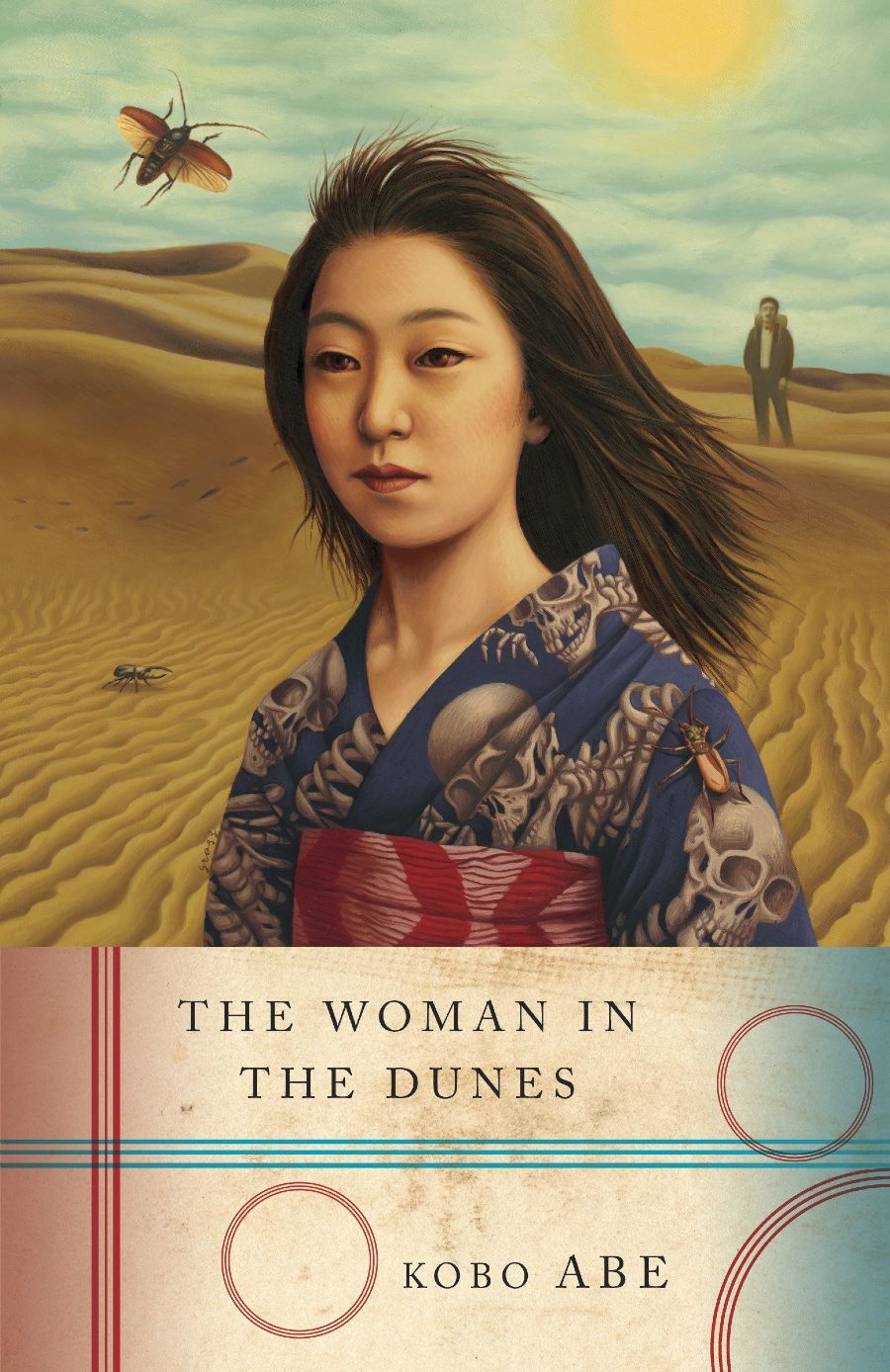
A Clockwork Orange – Anthony Burgess (1962)
Darkly compelling, A Clockwork Orange bursts with violence and graphic imagery, painting a terrifying, vivid portrait of a future where criminals rule the night. Detailing the life of teen gang leader Alex, who narrates, in “Nadsat” — the fictional slang of Anthony Burgess’ criminal underworld — a life that questions concepts of good and evil, the stability of society and self-autonomy.
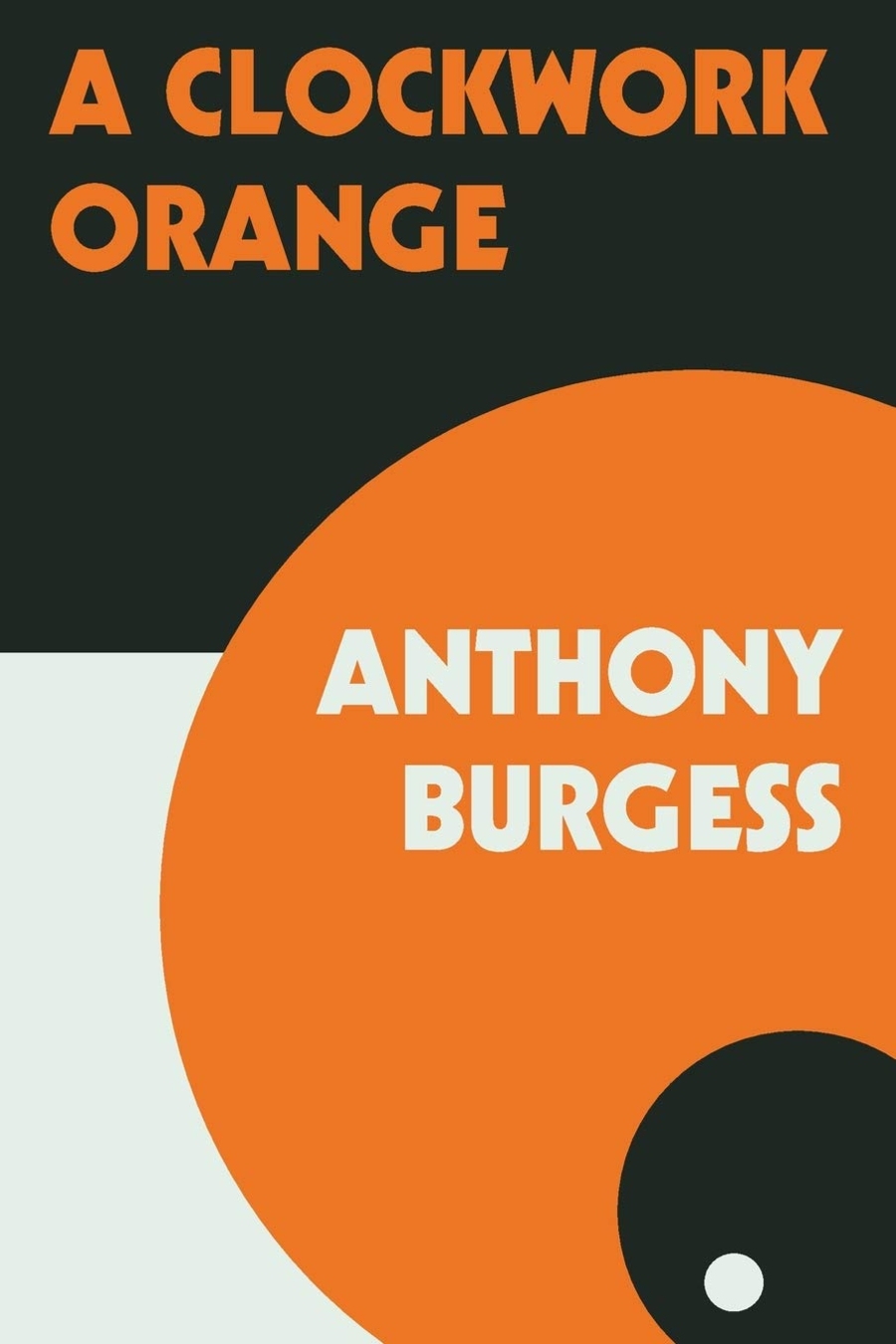
Pale Fire – Vladimir Nabokov (1962)
Vladamir Nabakov’s — of Lolita fame — darkly inventive and masterfully crafted fiction book, Pale Fire, follows the life and death of fictional American poet John Shade, whose 999-line poem, plus footnotes, commentary, and index by Shade’s academic colleague Charles Kinbote, form the suspenseful whodunit narrative. Pale Fire’s subversion of what is deemed “literature” has frequently been compared to James Joyce’s Ulysses and received the most diverse reaction from critics in Nabakov’s literary career.
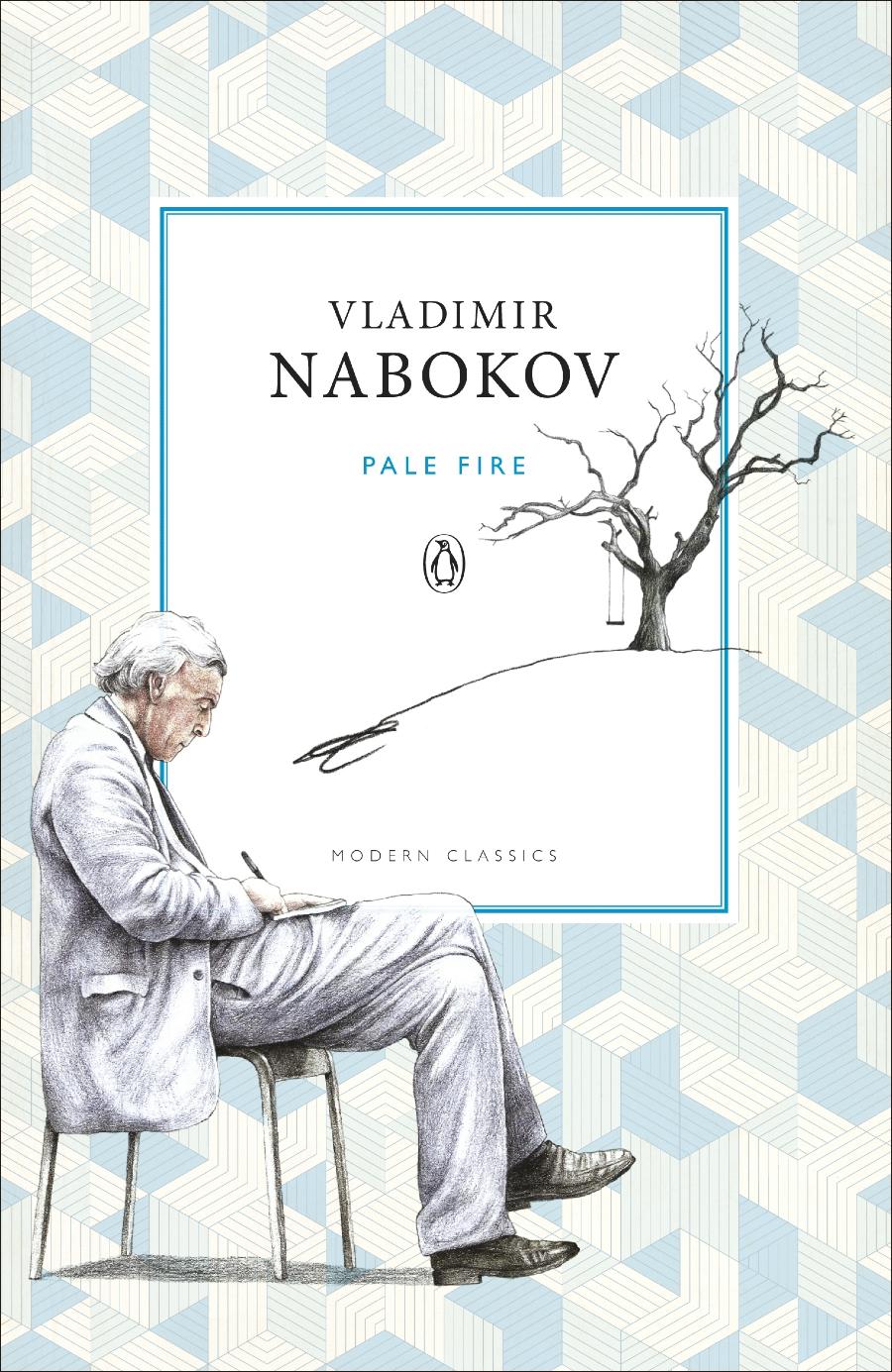
“Space is a swarming in the eyes: and Time,
A singing in the ears.”
Pale Fire, John Shade
(by Vladimir Nabokov)
…
“Space is a swarming in the eyes, and Time a singing in the ears”, says John Shade, a modern poet
V.Nabokov, Ada or Ardor
(Chapter 4)📷 Nadezna Nikolova-Kratzer pic.twitter.com/9MAKngJpt9
— Ana Gavilá (@Evasinclair11_) January 25, 2020
The Golden Notebook – Doris Lessing (1962)
The Golden Notebook is a radical meditation on communism, mental health, gender roles, and female liberation. The book follows the life of Anna, a successful novelist through her four coloured notebooks — the black: which covers her experience of Africa, the red: which covers her disillusionment with Communism, the yellow: the fictional meta-novel, which charts the life of a heroine that covers similar experiences to Anna, and the blue: in which Anna keeps a personal account of her mental health. Bordering on insanity, Anna begins to collate her diaries into the “golden notebook.”
In a retrospective review by Karan Mahajan for The New Yorker, The Golden Notebook is described as: “bleak, but not hopeless. It is as moving and cleareyed a defense of activism as I have read. It is also, perhaps, an author’s self-deprecating observation about her own novel, which she might have felt was a boulder she was pushing up a mountain of untruth. But it isn’t a boulder. It is a comet from the 1960s.”
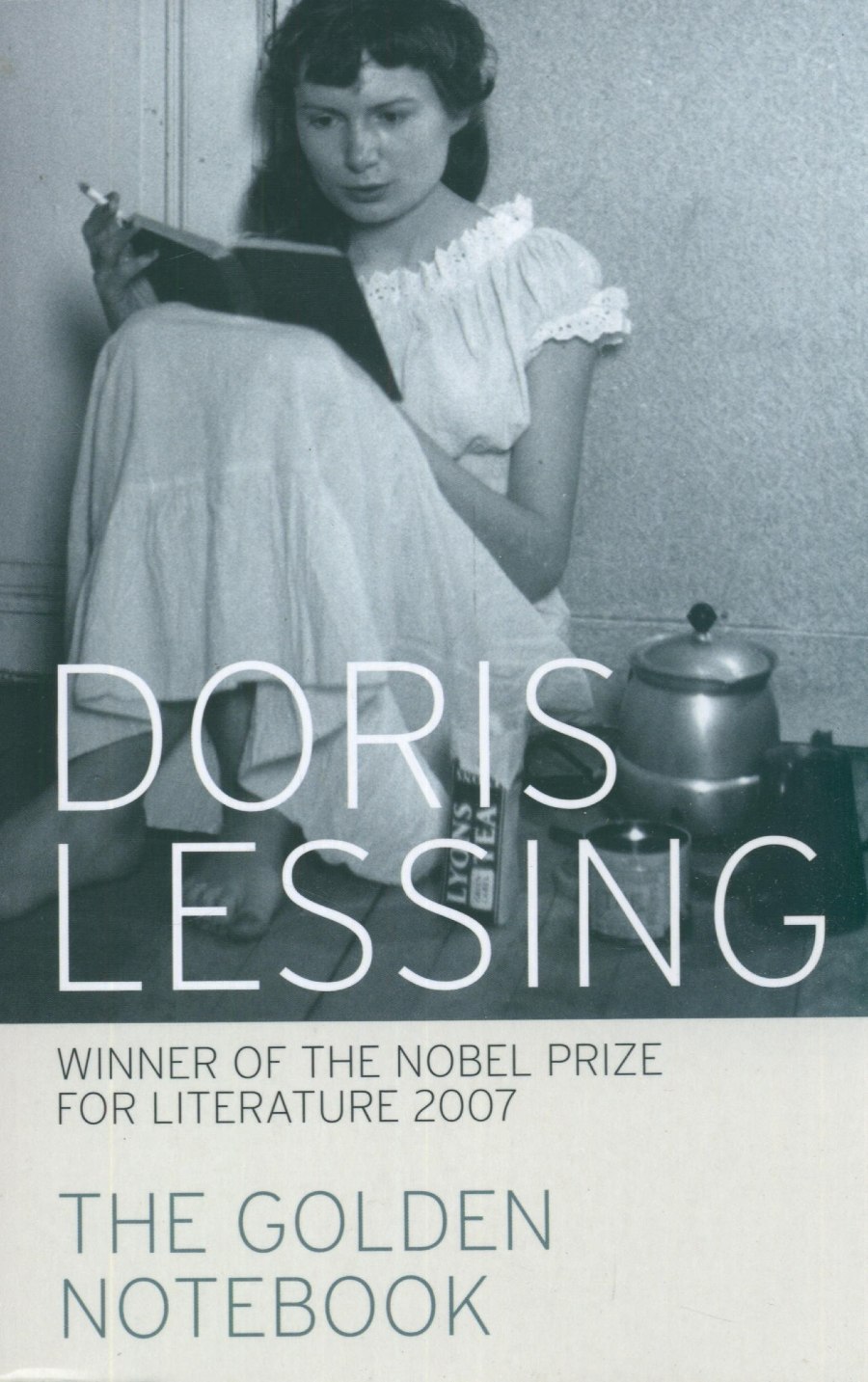
The Bell Jar – Sylvia Plath (1963)
The only fiction book written by Sylvia Plath, The Bell Jar is the “story of a poet who tries to end her life, written by a poet who did.” Following the life of Esther Greenwood, a brilliant and successful poet, The Bell Jar charts the mental decline of its protagonist, as she descends into the darkest and most terrifying parts of her psyche.
It’s difficult to read The Bell Jar without immediately drawing parallels to the tragedy of Plath’s own life, but the novel, so remarkably written (and under a pseudonym, at the time of publication!) allows the reader to experience the depth of Esther’s experience of depression on a profoundly personal level.
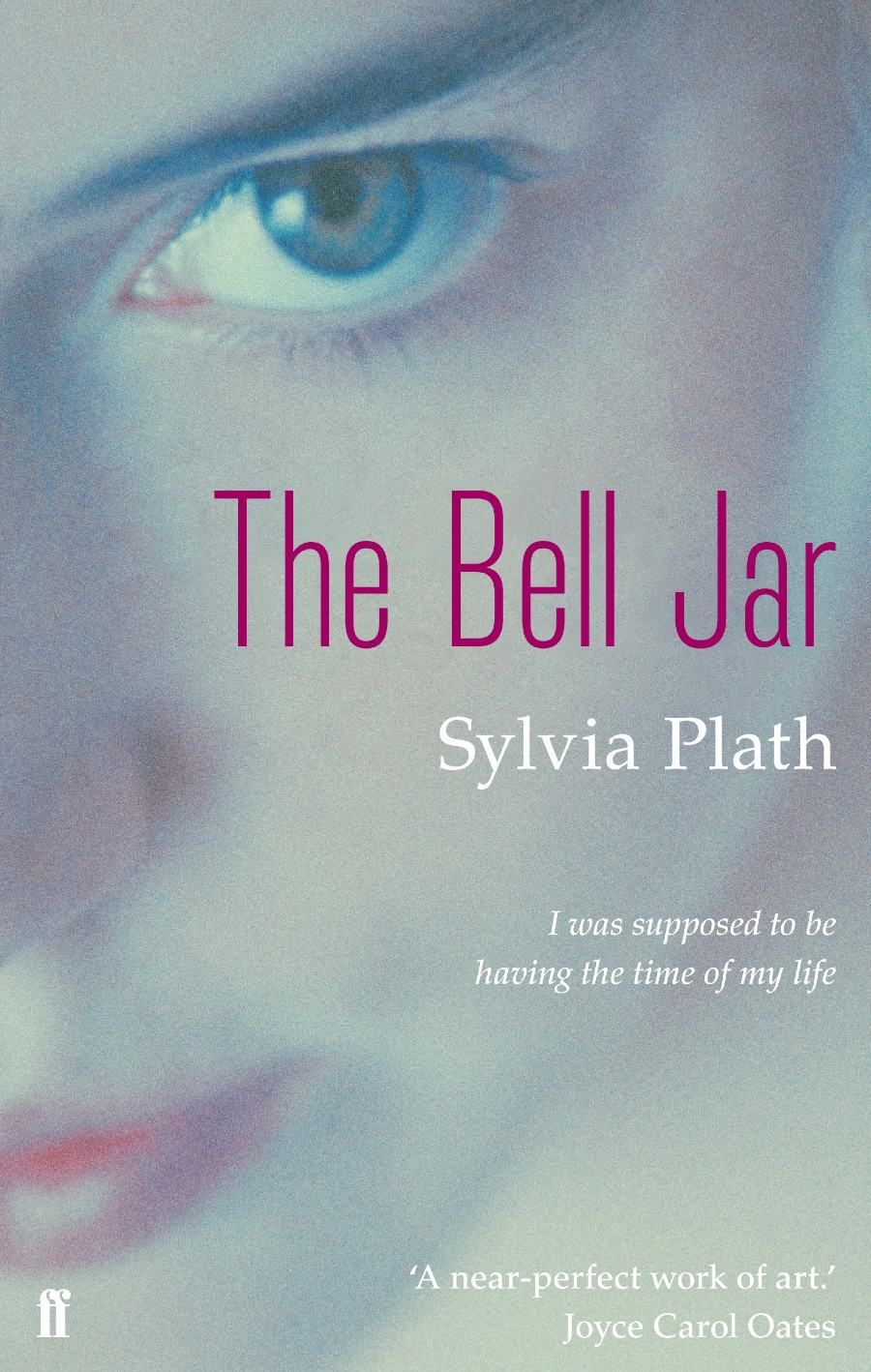
The Graduate – Charles Webb (1963)
Adapted into an Academy Award-winning film, The Graduate details the life of Benjamin Braddock, who graduates from a small Eastern college and moves home to his parents’ house. Hopeless and disappointed at his grim career prospects, Benjamin falls into an affair with Mrs. Robinson, the seductive wife of his father’s business partner. What ensues is a stylish yet dryly comical, fast-paced novel that explores themes of self-determination, love, and existentialism.
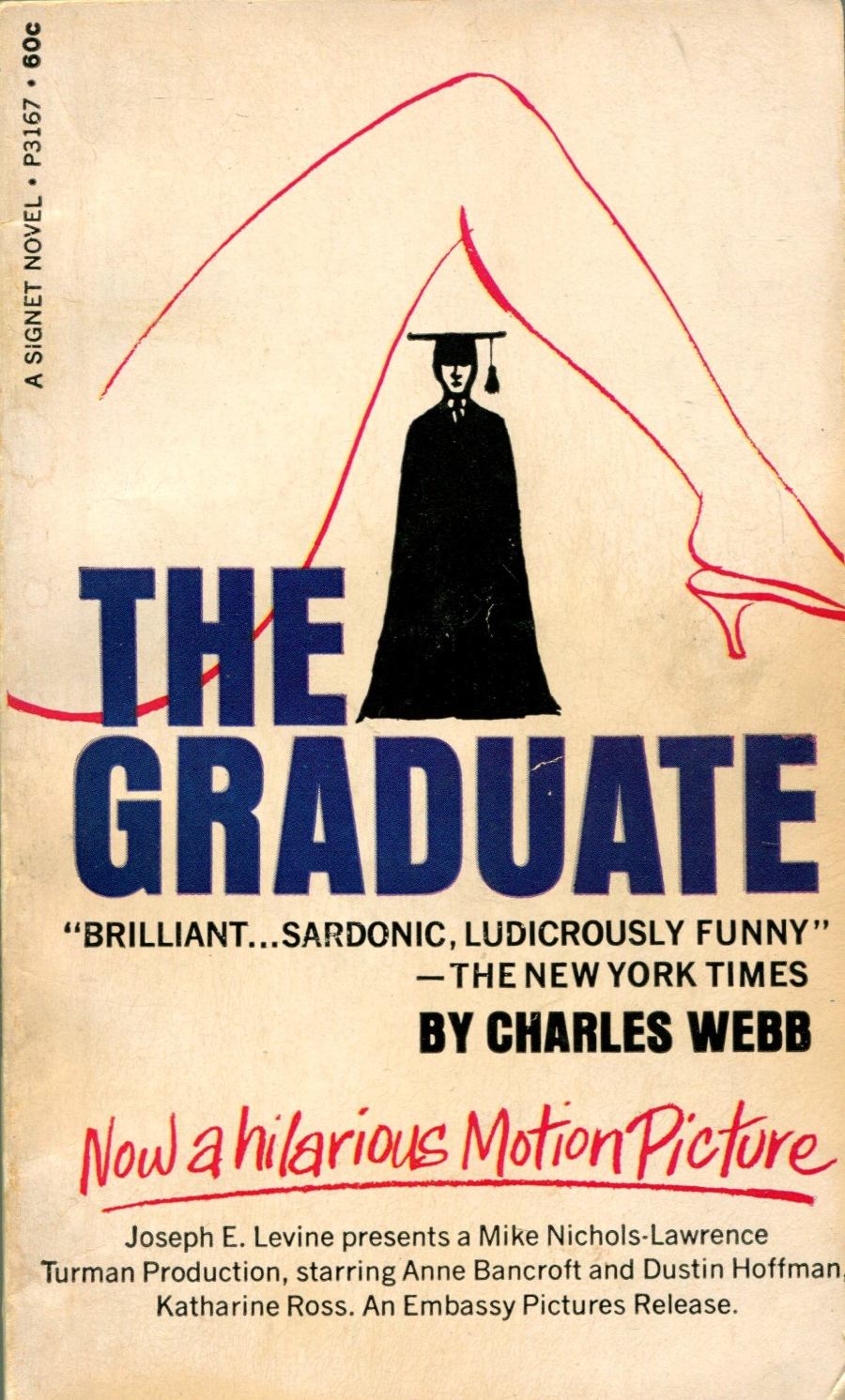
The Spy Who Came in from the Cold – John le Carré (1963)
Ringing true to John Le Carré’s proclivity for suspenseful, espionage fiction, The Spy Who Came in From The Cold tells the story of a British intelligence officer Alec Leamas, who is sent into the heart of the East German Intelligence for a final, thrilling, double-agent assignment. An exhilarating read, the fiction book pushes the boundaries of the “spy novel” and constructs an intricately woven plot, that simmers in a world of duplicity and questions of deontology.
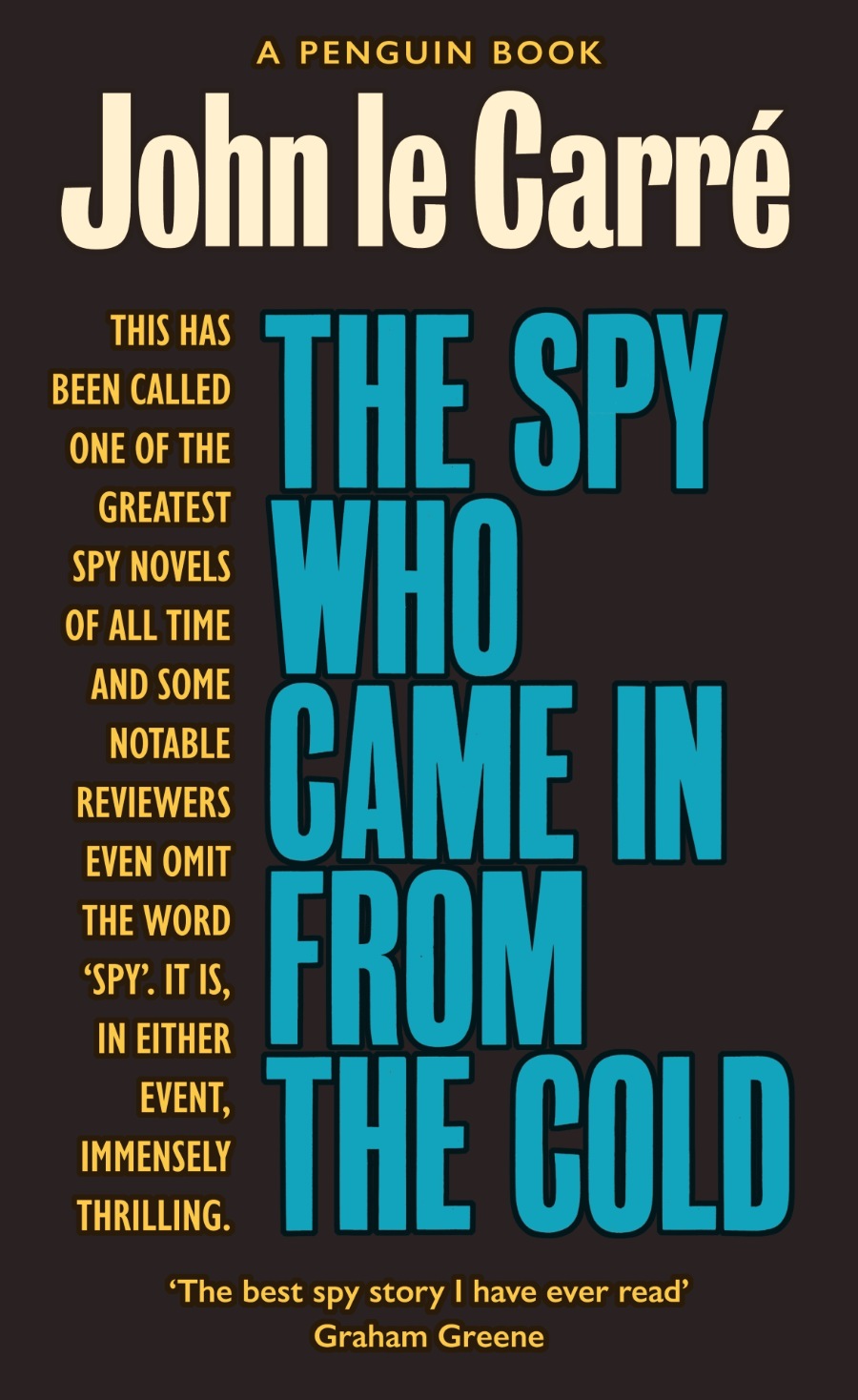
Herzog – Saul Bellow (1964)
Winning the U.S. National Book Award for Fiction, Herzog follows the eponymous protagonist as he undergoes a mid-life crisis. The fiction book is composed of unsent letters from Moses E. Herzog to friends, enemies, colleagues, and famous people, alternating from the first to the third person, with the story being perceived by many critics as a fictionalized account of Saul Bellows’ own life.

Dune – Frank Herbert (1965)
Dune, the fiction book that inspired Star Wars, was arguably the biggest influence on the development of the science fiction canon, upon its publication in 1965. Frank Herbert’s book follows the life of Paul Atreides, heir to a noble family tasked with ruling an inhospitable world where the only thing of value is the “spice” melange, a drug capable of extending human life and enhancing consciousness. An incredibly complex and imaginative exercise in fiction, Dune won the inaugural Nebula Award and reimagined the parameters of science fiction, blending themes of adventure, mysticism, political commentary, and human morality.
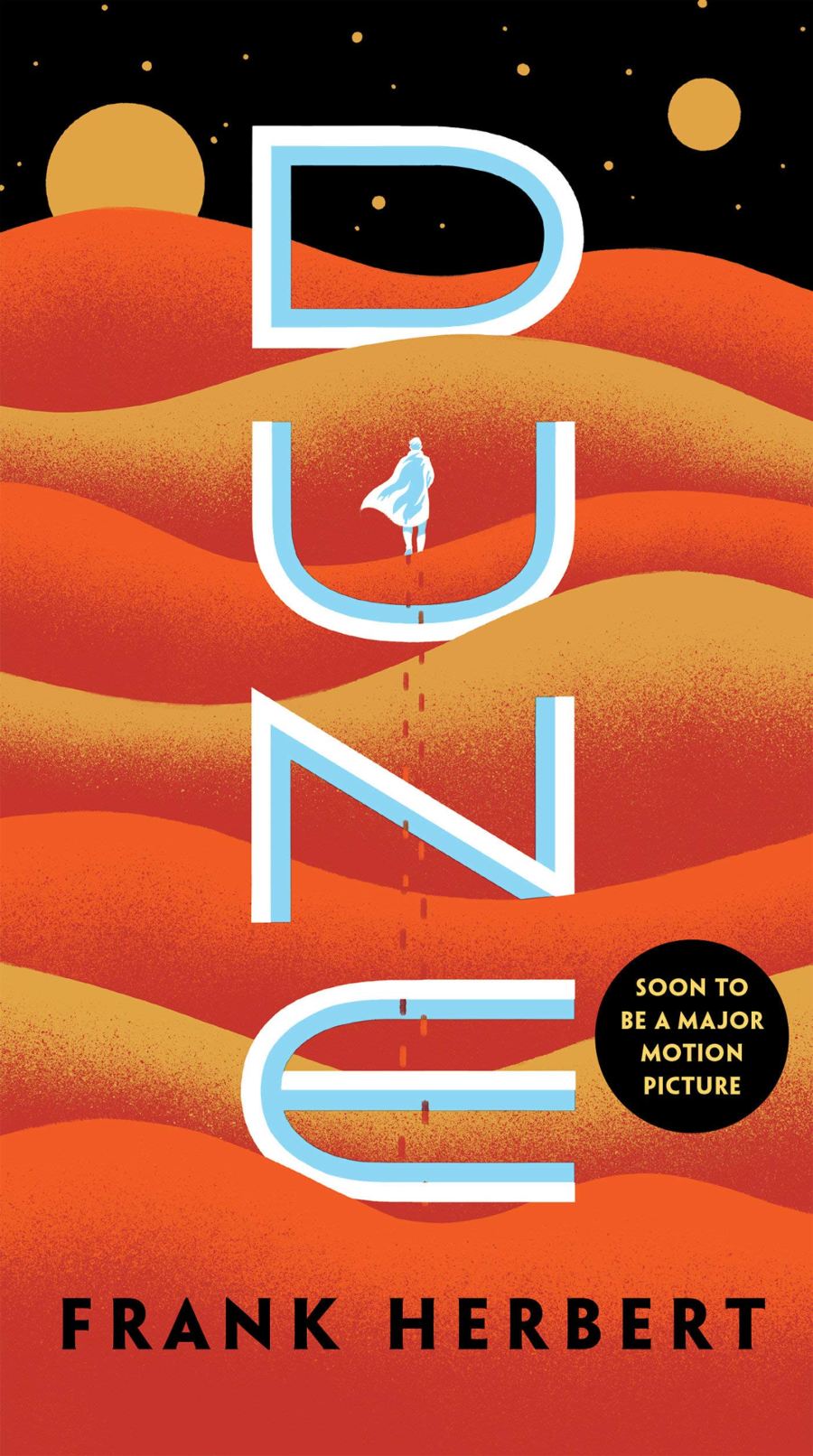
A Single Man – Christopher Isherwood (1965)
Christopher Isherwood’s A Single Man tells the story of George, a gay, middle-aged professor at a Los Angeles university, as he adjusts to life after the sudden death of his partner. Spanning 24 hours, the book was much ahead of its time in depicting a sharp, sympathetic and poignant representation of a gay man, dealing with the tragedies of everyday life and loneliness.

The Millstone – Margaret Drabble (1965)
The Millstone follows Rosamund Stacey, a young English woman who conceals her inexperience under a show of independence, in a time where sexual liberation is imminent. Eventually, Rosamund becomes pregnant as a result of a one-night stand, and rather than seek an illegal abortion, proceeds to have a baby and find her life transformed by single motherhood. Margaret Drabble has been described by The New York Times as a marvellous writer, and “the novelist who [did] for late-twentieth-century London what Dickens did for Victorian London.”
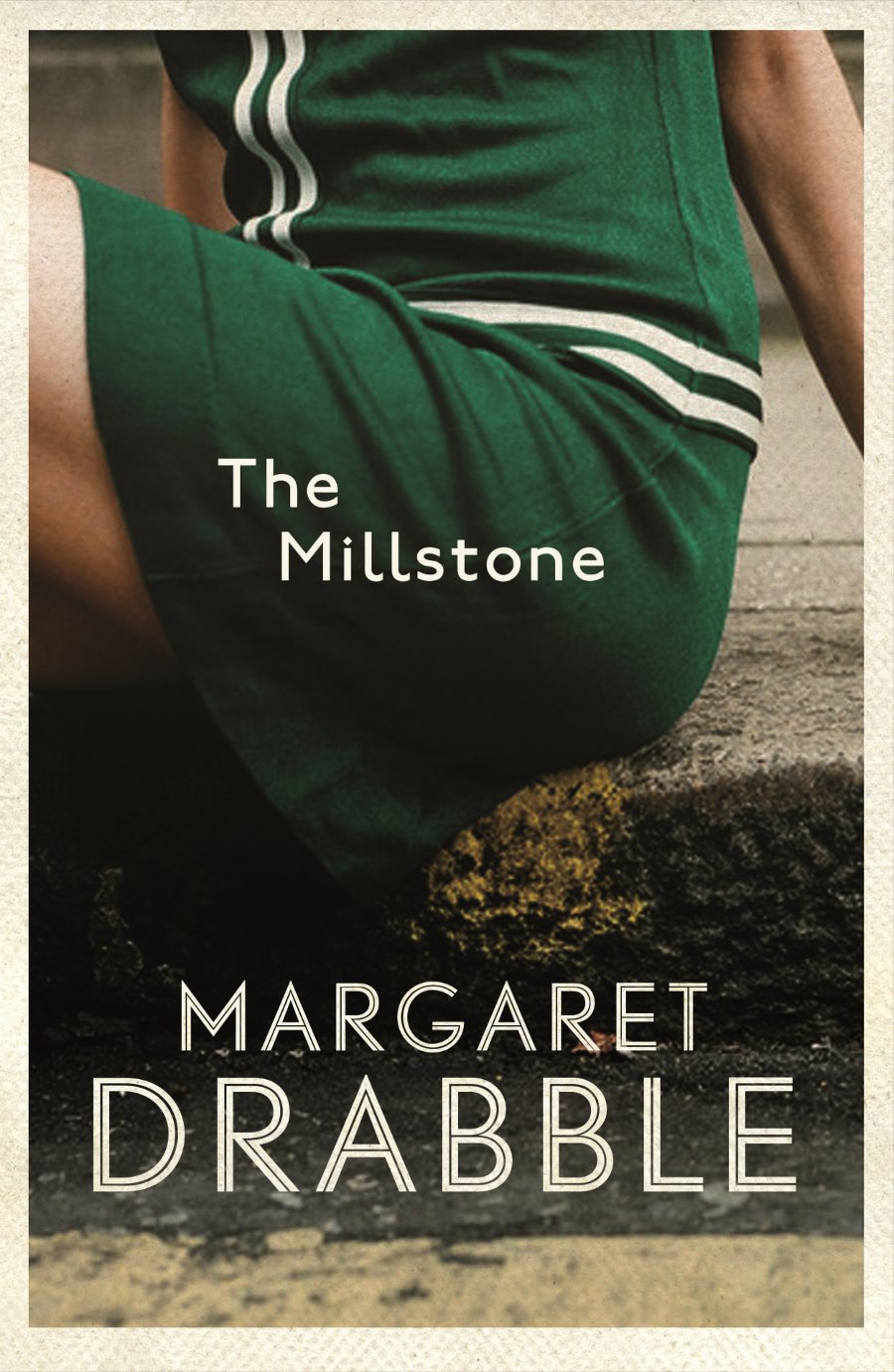
The Outsiders – S.E. Hinton (1965)
Published when S.E. Hinton was 18, and written when she was 16, The Outsiders is one of the most enduring bildungsroman novels, often being credited with irrevocably transforming YA fiction. With over 8 million copies sold worldwide, the fiction book follows a boy, Ponyboy, his brothers, Darry and Sodapop, and his friends Johnny and Two-Bit, as they find themselves bullied into the outskirts of regular society. Thus begins a story of being cornered by circumstance, intense loneliness and a raw examination of what it means to belong.
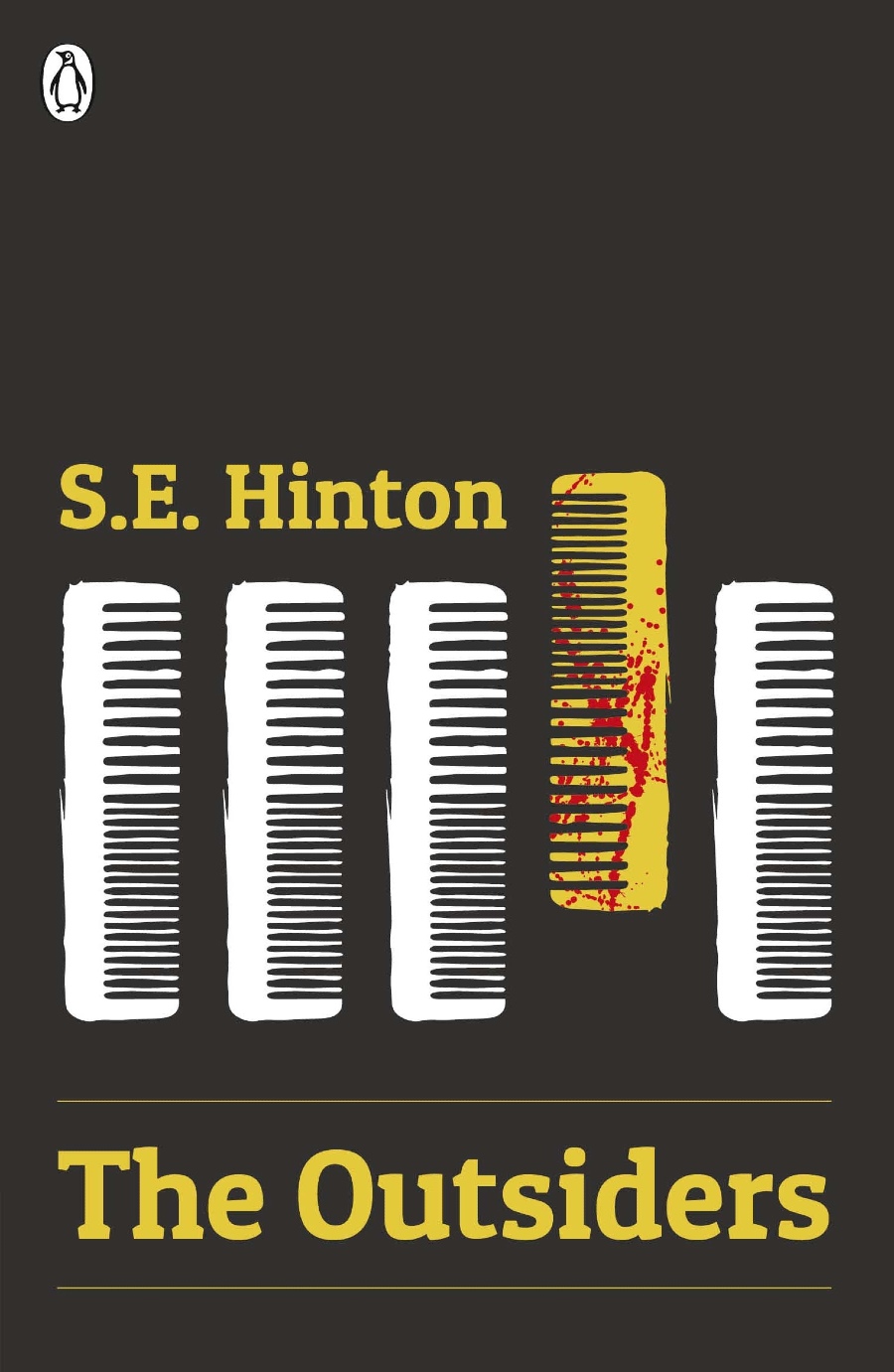
In Cold Blood – Truman Capote (1966)
This is the novel that catapulted Capote to fame. ‘Dick became convinced that Perry was that rarity, ‘a natural killer’ – absolutely sane, but conscienceless, and capable of dealing, with or without motive, the coldest-blooded deathblows’. On November 15, 1959, in the small town of Holcomb, Kansas, a wealthy farmer, his wife, and their two young children were found brutally murdered. Agent Al Dewey leads the investigation, but all he has for clues are two footprints, which leads to more questions than its answers.
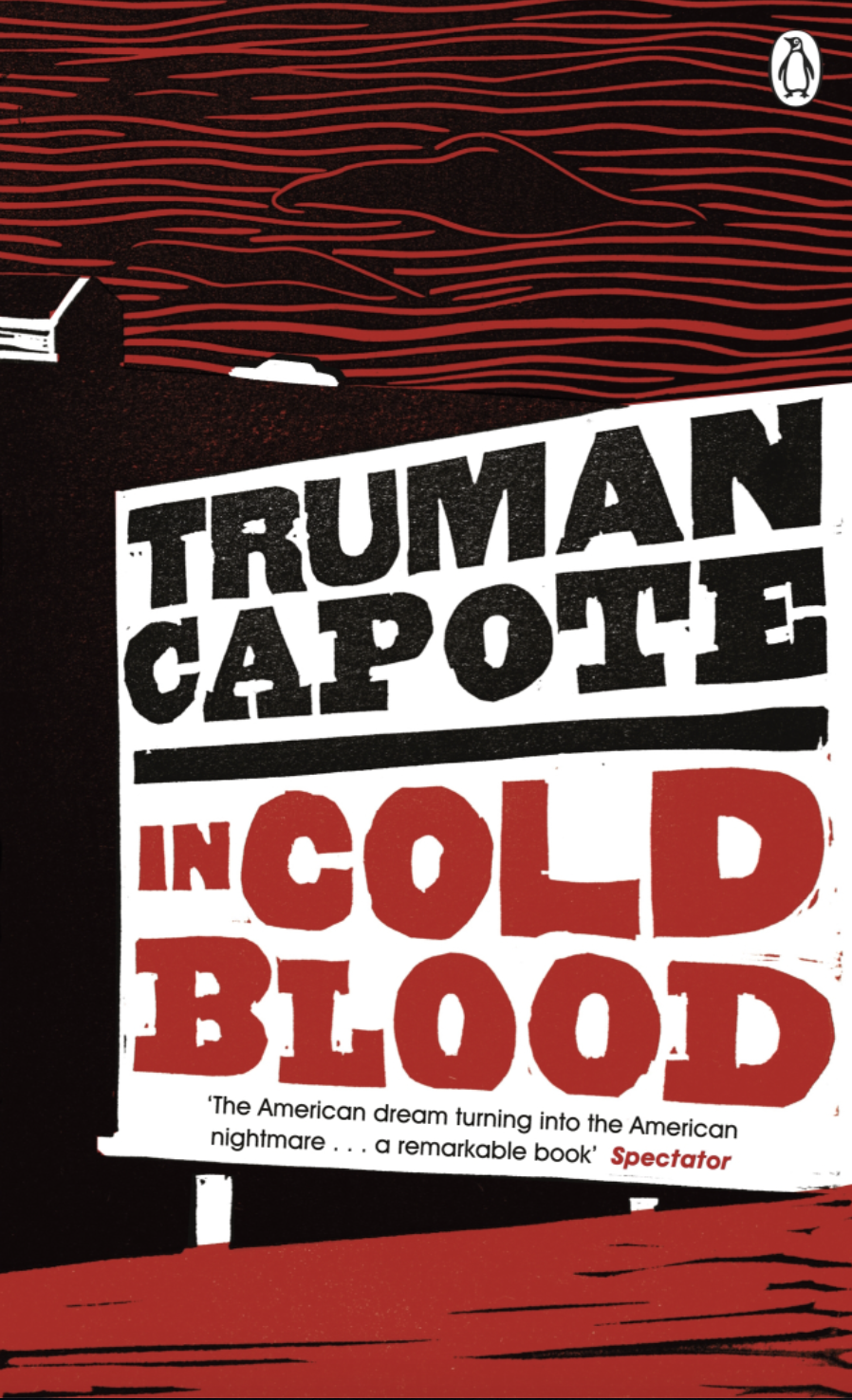
The Master and Margarita – Mikhail Bulgakov (1967)
Originally written by Mikhail Bulgakov in the Soviet Union between 1928 and 1940, during Stalin’s regime, The Master and The Margarita was not published as a fiction book until 1967. The story concerns the arrival of the Devil in Moscow, along with a beautiful witch and a talking black cat, who wreak havoc on the atheist USSR.
The Master and The Margarita is a satirical book, that purposefully distorts language to demonstrate the corruption of literature and religion, which have become indistinguishable in society. Lauded by critics, Mikhail Bulgakov’s novel has been hailed as one of the best novels of the 20th century.
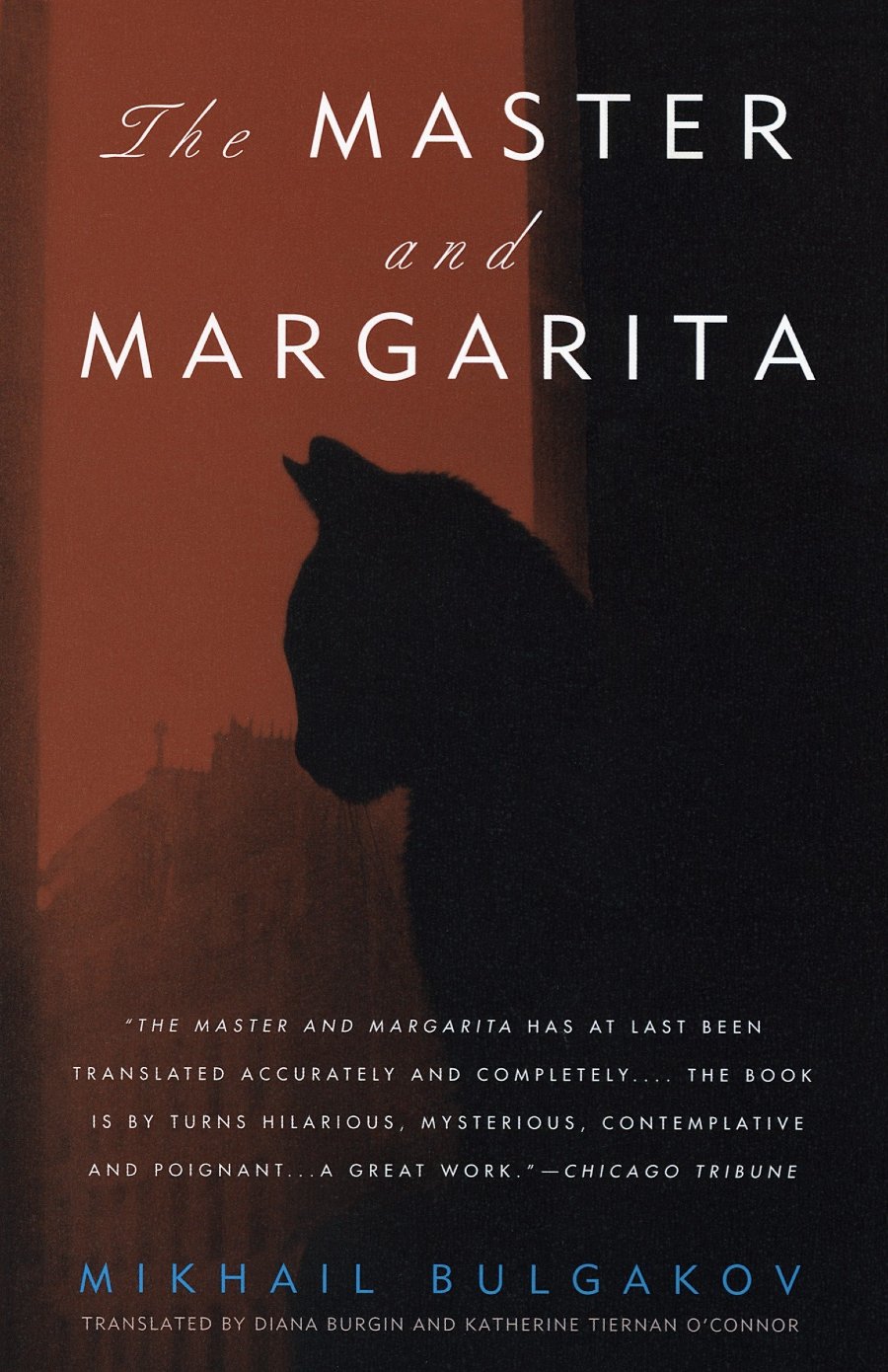
Slaughterhouse-Five – Kurt Vonnegut (1969)
Kurt Vonnegut’s Slaughterhouse-Five follows the life and experiences of Billy Pilgrim, from his early years to his time as an American soldier and chaplain’s assistant during World War II, to the post-war years. The book focuses on Billy’s capture by the German Army and his survival of an Allied firebombing as a prisoner of war.
As reviewed in the New York Times, Vonnegut’s writing has been described as being able to: “more than any other writer I can think of, could cut through cant and sophistry and dissembling to expose our collective self-deceptions for what they are. His sentences are accusations that let you keep your dignity. And for those of us who recognize ourselves in those accusations, that generosity is a rare gift.”
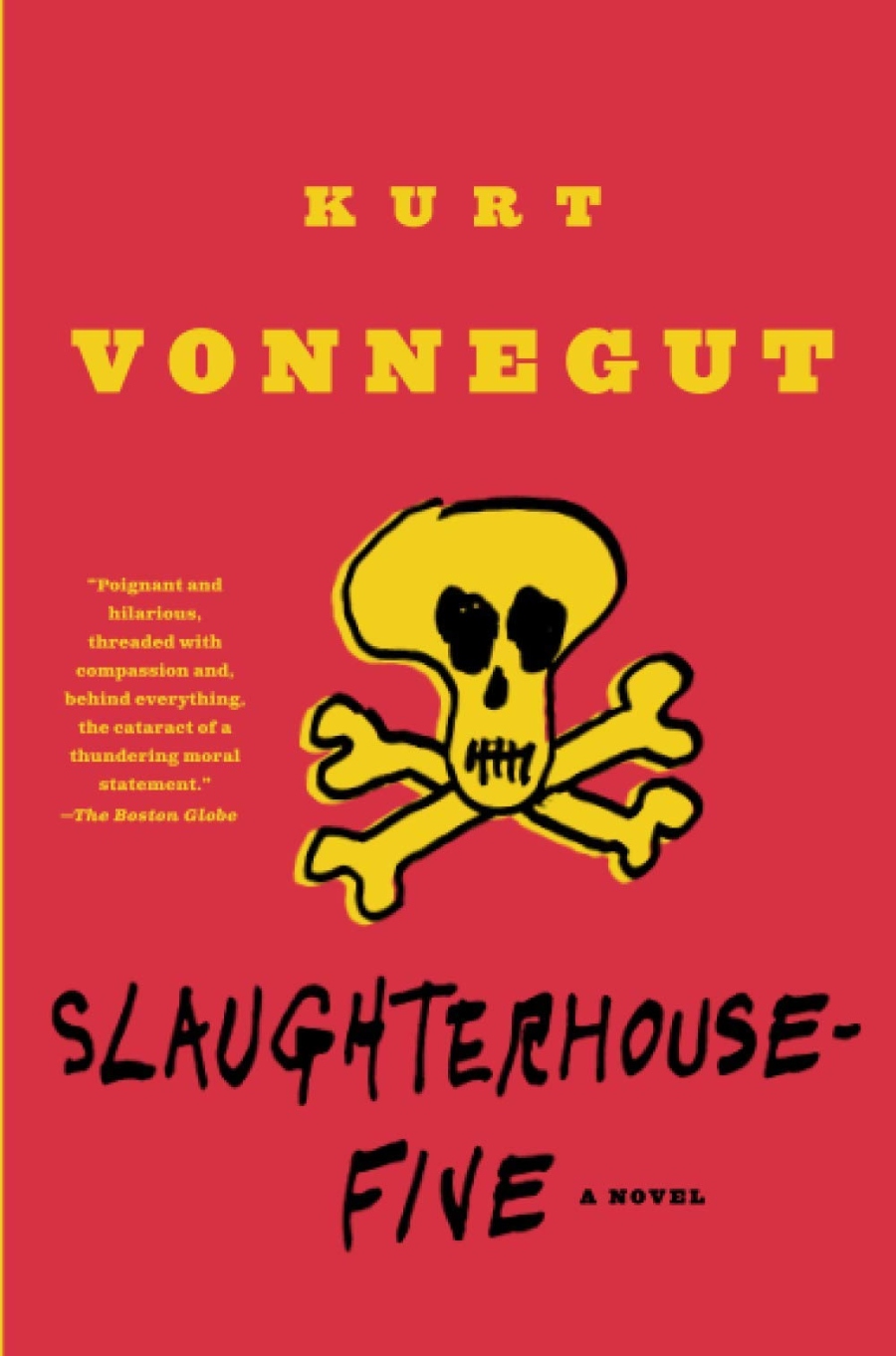
I Know Why the Caged Bird Sings – Maya Angelou (1969)
A work of autobiographical fiction, I Know Why the Caged Bird Sings, chronicles the life of Maya Angelou from ages 3 to 16, during the depression-wracked 1930s in the American South. The novel tentatively explores identity, sexual assault, and literacy, with Angelou’s prose bursting with power and passion, as the central protagonist attempts to break free from the constraints of misogyny and racism.
Day 15 of #audiobookmonth is I Know Why the Caged Bird Sings by Maya Angelou. I love all of her beautiful autobiographical books and this is such a treat as it is read by Maya herself. Her dulcit tones are like hearing chocolate melt 😍A tale of the Deep South in #America pic.twitter.com/m1XVdmFLzz
— Maddy Templeman (@maddy_templeman) June 15, 2021

The Godfather – Mario Puzo (1969)
A blistering portrayal of the criminal underworld in 1940s America, The Godfather is an epic tale of criminality, betrayal, tradition, and family. The novel follows the Corleone dynasty and its enduring legacy of blood and honour. Sensationally received upon publication, the 1972 film adaptation by Francis Ford Coppola — considered to be one of the most significant films in cinematic history — etched a place for the narrative of the Corleones, and their dark, mysterious underworld, in the history of American culture.
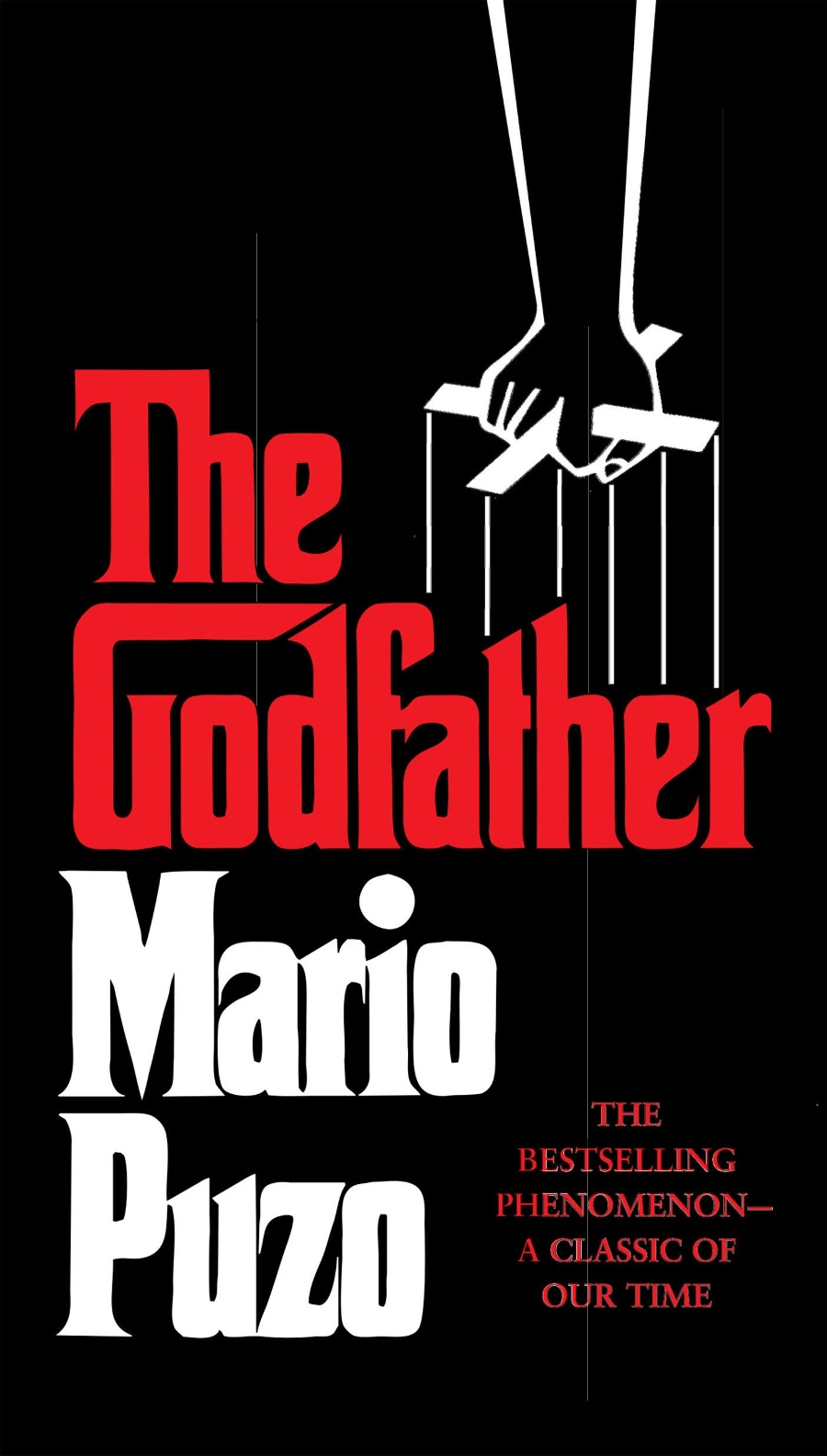
And so while these are not explicitly books about the 1960’s, a marathon read of the above titles will surely give the reader a feeling for the times. Not only are these some of the most popular fiction books of all time, they also inspired some of the most memorable cinematic adaptations of all time.
